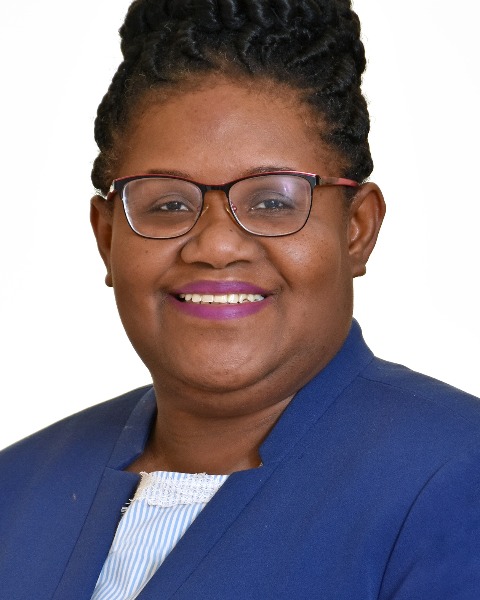Developmental and Behavioral Pediatrics 4: ADHD
Session: Developmental and Behavioral Pediatrics 4: ADHD
795 - EASEing the referral burden in Developmental and Behavior Pediatrics by supporting youth with special education needs in an innovative primary care clinic
Saturday, April 26, 2025
2:30pm - 4:45pm HST
Publication Number: 795.4994
soukaina Adolphe, Boston University School of Medicine, Hyde Park, MA, United States; Hilana Scott, Boston University School of Medicine, Roslindale, MA, United States; Brianna T. Labonte, Boston Medical Center, Revere, MA, United States; Sarah K. Canale, Boston University School of Medicine, Boston, MA, United States; Michelle Stransky, Boston Medical Center, Boston, MA, United States

Soukaina Adolphe, MD (she/her/hers)
Pediatrician
Boston University School of Medicine
Hyde Park, Massachusetts, United States
Presenting Author(s)
Background: Developmental Behavioral Pediatrics (DBP) is currently challenged by long waitlists due to high numbers of referrals and limited providers with proper training. Though the American Academy of Pediatrics has tasked primary care providers (PCP) with supporting youth with special education needs, PCPs often refer to DBP for school concerns due to lack of training and time. Special education-focused clinics can assist both PCPs and families in advocacy efforts as well as decrease the burden on DBP.
The Engagement and Access to Special Education (EASE) clinic provides support to families of youth aged 3 to 22 referred by their PCP for education concerns at one primary care clinic. Comprised of two developmentally trained PCPs, it supports families advocating for their youth. EASE clinicians access a DBP consultant to discuss challenging cases and to provide evaluation as necessary. The goal of this intervention is to address the volume of DBP referrals using an adjunct service and provide necessary, timely care to families.
Objective: To describe the current landscape in DBP, implementation of EASE within primary care, and the impact of EASE in triaging DBP referrals. Additionally, referral pathways and interdisciplinary collaboration between primary care, EASE, and DBP will be detailed.
Design/Methods: Findings on are based on quality improvement chart review of EASE and DBP patients. We examine the (1) number, (2) demographic characteristics, and (3) diagnoses of patients referred to EASE and DBP and 4) referral outcome, including time to first visit, and (5) collaboration between EASE and DBP.
Results: Since its inception in 2017, EASE has received over 1000 referrals and served 650 families with 255 active cases. EASE receives approximately 20 referrals monthly with average time to first visit 2 months. In contrast, DBP receives up to 400 referrals monthly with average time to diagnosis over 1 year. EASE clinicians work directly with DBP consultants to expedite evaluations for youth triaged in EASE needing diagnostic clarification. However, most EASE patients are sufficiently served without need for DBP as only a small fraction of patients are referred by EASE directly to the DBP consultant. When referred through this pathway, patients have expedited testing as repeat intake is unnecessary.
Conclusion(s): The EASE-DBP model promotes interdisciplinary collaboration and alleviates the referral burden on DBP, which benefits both DBP and youth with special education needs. The EASE-DBP model is effective and should be considered a solution to supporting families, PCPs, and DBP with education-related concerns.

